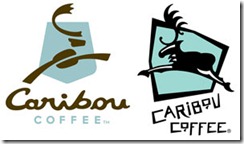If you are not familiar with poker parlance, a tell is a subtle but detectable change in a player’s appearance, movement or expression. In essence, it is a clue as to the strength of the cards they are holding. Poker players are masters of reading body language and movement for these signs. I find this information fascinating in the context of hiring. When is a candidate lying? What signs can you read to know when they are stretching the truth?
I’ve seen a new tell that I think has legs – marketing approaches of decision makers. Here is where this thought developed; the top executive at one of our customers is dabbling in the marketing plan for his company and has reworked the marketing message.
This executive is…well, cheap. His revenue is down and he wants to role out new services. This company is woefully inept on the marketing side so they have no market data or feedback. In essence, they are marketing in a vacuum. So this executive designs his new offering based solely on price. No understanding of the price point in the market, no understanding of their differentiating value, no understanding of the market demand – a total shot in the dark.
Unfortunately, this is the second time he has made a move like this in the past 6 months. The first one was an absolute failure – it literally generated no revenue. Now he is back with a lower offering. I’m afraid the results will be the same.
The tell here is that he is cheap so his automatic assumption is that the market is price-driven (i.e. cheap). I’m no expert in that market, but price has not garnered any success recently, if ever. However, you cannot contribute to this executive. He is convinced it is a pricing issue.
My thought is that a person’s first move in an unverified/undefined/unknown market is to assuage their own style hence the “tell.” Watch their decision making and see where they move first. This approach will reveal their hidden weaknesses.


 Comments(1)
Comments(1)





